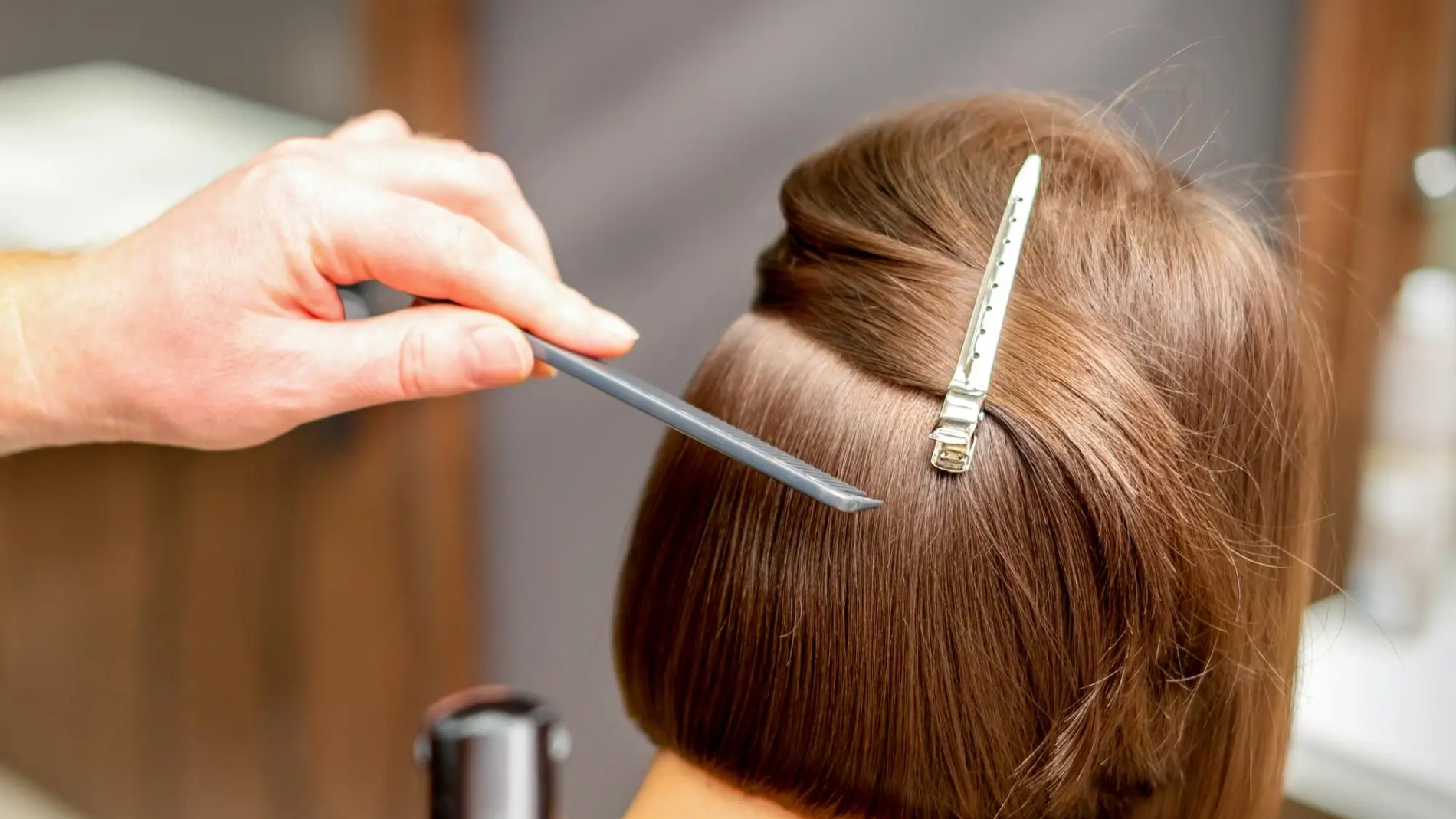Introduction
In the pursuit of healthy, vibrant hair, effective repair and restoration are crucial for overcoming damage caused by environmental stressors, chemical treatments, and lifestyle factors. With advancements in hair care technology and a deeper understanding of hair health, achieving and maintaining strong, beautiful hair is more attainable than ever. This article provides essential tips for effective hair repair and restoration, focusing on choosing the right products, establishing daily routines, understanding nutritional influences, employing effective treatments, and utilizing professional products for long-term results.
Choosing the Right Hair Care Products for Optimal Repair and Restoration
Selecting the right hair care products is fundamental for achieving optimal repair and restoration. Start by choosing bond-building shampoos and conditioners that help to strengthen the internal structure of your hair. Products containing ingredients like keratin and biotin are known to rebuild and reinforce hair strands, addressing damage from within. Look for sulfate-free formulas to prevent further drying and irritation, as sulfates can strip the hair of its natural oils.
Deep conditioning treatments are also essential for restoring moisture and elasticity. for treatments enriched with natural oils such as argan or coconut oil, which provide intense hydration and nourishment. Leave-in conditioners and hair masks that are rich in proteins and vitamins can offer additional support, helping to repair and protect hair from daily wear and tear. By carefully selecting products that cater to your hair’s specific needs, you can effectively enhance its strength and resilience.
Daily Hair Care Routines to Strengthen and Restore Damaged Hair
Establishing a consistent daily hair care routine is crucial for strengthening and restoring damaged hair. Start with a gentle cleansing regimen using hydrating shampoos that do not strip the hair of its natural oils. Avoid over-washing, as this can lead to dryness and further damage. Instead, aim to wash your hair 2-3 times a week to maintain its natural moisture balance.
Incorporate regular conditioning into your routine to keep hair moisturized and manageable. Use detangling sprays and wide-tooth combs to minimize breakage while detangling. Additionally, heat styling should be minimized; if necessary, use heat protectant sprays and low heat settings to prevent further damage. Finally, avoid tight hairstyles that can cause stress on the hair shaft and roots, leading to breakage. By adhering to these practices, you can promote healthier hair and enhance its repair and restoration.
Nutritional Tips for Promoting Hair Health from the Inside Out
Promoting hair health requires attention not only to external treatments but also to internal nutrition. A balanced diet rich in vitamins and minerals can significantly impact the health of your hair. Focus on incorporating foods high in omega-3 fatty acids, such as salmon and walnuts, which support scalp health and reduce inflammation.
Vitamin-rich foods, like fruits and vegetables, provide essential nutrients like vitamin C, which aids in collagen production and strengthens hair. Biotin, found in eggs and nuts, is known for its role in promoting hair growth and repair. Iron-rich foods, such as leafy greens and lentils, are crucial for preventing hair loss related to iron deficiency. Additionally, staying hydrated by drinking plenty of water helps maintain moisture levels in the hair, contributing to its overall health and vitality.
Effective Treatments and Remedies for Common Hair Damage Issues
Addressing common hair damage issues requires targeted treatments and remedies. For dry and brittle hair, consider deep conditioning masks and moisture-infusing serums that restore hydration and elasticity. Products containing hyaluronic acid and glycerin are particularly effective in drawing moisture into the hair.
For split ends and breakage, hair repair treatments with protein-rich ingredients, such as keratin or silk proteins, can help to rebuild and strengthen damaged strands. Heat damage can be mitigated with protein treatments and leave-in conditioners designed to protect and repair. For those experiencing scalp issues like dandruff or irritation, soothing scalp treatments containing tea tree oil or salicylic acid can help to address underlying problems and promote a healthier scalp environment. By applying these targeted treatments, you can effectively manage and correct various types of hair damage.
The Role of Professional Hair Care Products in Achieving Long-Term Restoration
Professional hair care products play a pivotal role in achieving and maintaining long-term hair restoration. These products are formulated with higher concentrations of active ingredients and advanced technologies that are often more effective than over-the-counter options. Salon-grade shampoos and conditioners are designed to provide deep cleansing and intense conditioning, addressing specific hair concerns with greater efficacy.
Professional treatments such as keratin smoothing treatments and hair botox offer long-lasting results by repairing and sealing the hair cuticle. Customized hair care regimens, often provided through salon consultations, ensure that you receive products tailored to your unique hair type and condition. By incorporating these professional-grade products into your hair care routine, you can achieve more noticeable and enduring results, promoting healthier, more resilient hair over time.
Conclusion
Effective hair repair and restoration involve a combination of selecting the right products, adhering to a consistent daily routine, supporting hair health through nutrition, employing targeted treatments, and leveraging professional-grade products. By following these essential tips, you can address various types of hair damage and work towards achieving healthier, more beautiful hair. Embrace these strategies to restore vitality and strength to your hair, ensuring it remains vibrant and resilient in the face of everyday challenges.


Leave A Comment